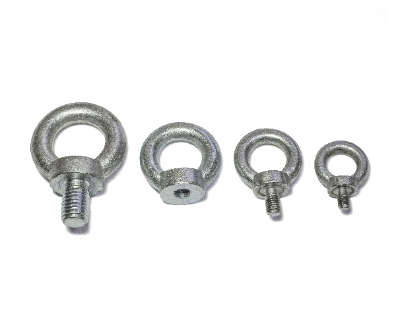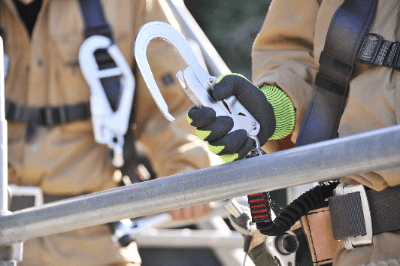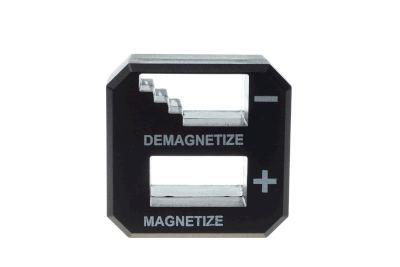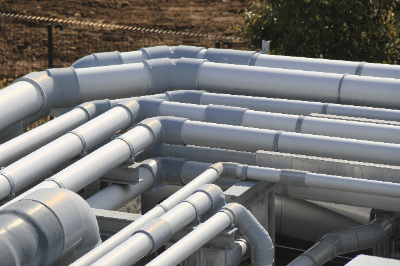What Is a Lever Hoist?
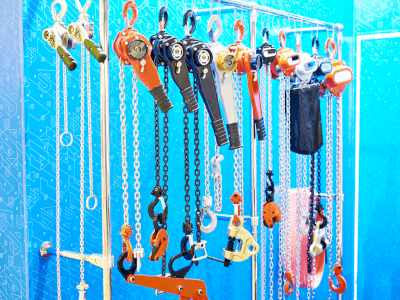
Lever hoists are manual lifting tools designed to lift, lower, and move heavy objects with ease. They are commonly utilized across various settings, including construction sites, warehouses, and on ships, providing a practical solution for handling heavy materials. These devices operate through a simple mechanism where pulling a lever activates a chain or wire rope to lift the load. Lever hoists come in different lifting capacities to accommodate various weight requirements.
Their design emphasizes portability and ease of use, allowing for operation in diverse work environments. Despite their benefits, it’s crucial to adhere to the specified lifting capacity to prevent accidents and damage to the equipment.
Uses of Lever Hoists
Lever hoists serve multiple purposes across various industries, offering versatility in lifting and moving tasks.
1. Construction Sites
They are instrumental in lifting construction materials, facilitating the movement of steel frames, concrete blocks, and other heavy components, especially in elevated or confined spaces.
2. Warehouses
These tools aid in the efficient handling of goods, assisting in loading and unloading items from storage areas.
3. Manufacturing Plants
Lever hoists are crucial for installing and maintaining heavy machinery, enabling precise placement and facilitation of repair tasks.
4. Maritime and Aviation Maintenance
They play a key role in the maintenance of ships and aircraft, where precision and the ability to operate in restricted spaces are paramount.
Principle of Lever Hoists
Lever hoists function through a combination of a lever, gear mechanism, and chain or wire rope, converting manual effort into the force required to lift heavy loads.
- Lever – The user operates a lever, transmitting force through the device.
- Gear Mechanism – This internal mechanism amplifies the applied force, making it possible to lift objects with minimal effort.
- Chain or Wire Rope – The lifting medium, either a chain or wire rope, is directly connected to the load, ensuring secure lifting.
How to Select Lever Hoists
Choosing the right lever hoist involves considering several key factors to ensure safety and efficiency:
1. Rated Capacity
Select a hoist with a lifting capacity that matches or exceeds the weight of the objects to be lifted to prevent overloading.
2. Standard Lift
Consider the maximum height the hoist can lift objects, ensuring it meets the requirements of your specific tasks.
3. Lever Length
The length of the lever affects the effort required to operate the hoist; select based on the available operating space and the ease of use desired.
4. Safety Features
Look for hoists equipped with safety features such as overload protection and braking mechanisms to enhance operational safety.



